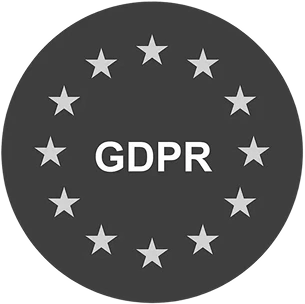Every interaction a customer has with your business shapes their perception, and a single frustrating experience can prompt them to switch to a competitor.
Slow support, inconsistent experiences across channels, and unresolved issues are common issues that erode loyalty and revenue.
Customer experience (CX) analytics helps businesses identify and address these challenges. By analyzing data from support chats, website visits, and social media feedback, teams can identify problems, understand customer needs, and create more seamless and consistent experiences.
In this article, we’ll explain what CX analytics is, highlight the key metrics to track, and show how addressing these pain points can strengthen customer loyalty and drive business growth.
What is Customer Experience Analytics
Customer Experience Analytics is the practice of collecting and analyzing data from every stage of the customer journey to understand how customers feel, behave, and interact with your brand.
Instead of relying on assumptions or occasional surveys, CX analytics provides a 360-degree view of customer interactions across multiple channels.
CX analytics answers three questions:
- What are customers saying? (feedback, reviews, support tickets, social comments)
- How are they behaving? (click paths, time on site, drop-off rates, purchase decisions)
- How do they feel? (sentiment analysis, satisfaction scores, emotion detection)
The data comes from both structured sources (such as Net Promoter Score surveys or chat logs) and unstructured sources (like social media posts or customer feedback comments).
With the help of advanced analytics tools and AI, businesses can identify patterns, pinpoint friction points, and forecast future behavior.
The goal isn’t just to measure customer satisfaction, it’s to create a continuous feedback loop where insights lead to actions that improve the customer journey.
Key Metrics in Customer Experience Analytics
Let’s break down the most important metrics and how you can use them to strengthen your customer experience strategy.
Net Promoter Score (NPS)
NPS is one of the most widely used CX metrics because it measures customer loyalty and advocacy. You ask a simple but powerful question: “How likely are you to recommend us to a friend or colleague?” Customers respond on a 0–10 scale, which classifies them as promoters (9–10), passives (7–8), or detractors (0–6).
A strong NPS tells you that you have a loyal base ready to drive referrals, while a weak one warns you of dissatisfaction and potential churn. Because NPS focuses on intent rather than just satisfaction, it ties directly to revenue growth.
Companies with high NPS typically benefit from lower acquisition costs through word-of-mouth referrals. But don’t analyze it in isolation; pair NPS with feedback or sentiment analysis to uncover why customers feel the way they do.
Customer Satisfaction (CSAT)
CSAT measures how happy your customers are with a specific interaction or experience. You typically capture it right after the event, like closing a support ticket or completing a purchase, using a simple 1–5 or 1–10 scale.
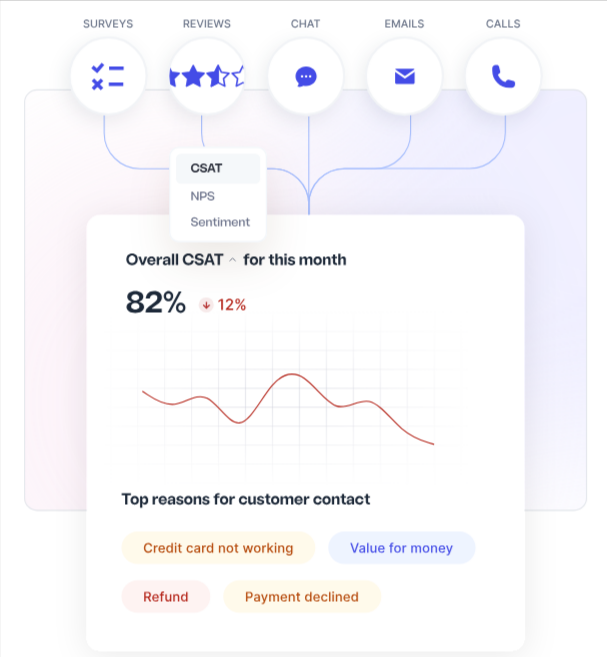
High CSAT shows that your touchpoints deliver smooth, positive interactions. Low CSAT points to issues with service, usability, or support quality.
Because it’s granular, CSAT enables you to evaluate performance at precise moments in the journey. If you see poor scores after live chat sessions, for example, you can review agent training or workflow speed. Think of CSAT as your pulse check. It helps you fix problems before they escalate into churn.
Customer Effort Score (CES)
CES tells you how easy or hard it is for customers to get what they need from you. Instead of satisfaction, it measures effort: “How much effort did you have to put in to resolve your issue?”
Research indicates that low effort is a strong predictor of loyalty. If it’s easy to get help, customers are more likely to come back. If it’s difficult, they churn, even if they eventually solve the problem.
Tracking CES enables you to pinpoint friction in areas such as self-service portals, onboarding flows, or support channels. By reducing effort, you cut stress and strengthen relationships. The bottom line: effortless experiences keep your customers loyal.
Customer Churn Rate
The churn rate indicates the percentage of customers who cease doing business with you over a specified period. High churn signals problems in product quality, support, or competitive positioning.
To calculate it, divide the number of customers lost by the number you started with in that period.
For subscription businesses, this metric directly impacts revenue and growth. If you analyze churn in conjunction with customer feedback, you’ll identify the root causes.
By monitoring churn, you can design effective retention strategies, such as enhanced onboarding, loyalty programs, or proactive outreach. Even reducing churn by 1% can make a big difference in long-term revenue.
Customer Retention Rate
Retention rate is the flip side of churn. It measures the number of customers who remain loyal to you over time. A high retention rate indicates that your product consistently delivers value, while a low rate suggests gaps in your offering or support.
Tracking retention helps you see whether growth comes from new acquisitions or loyal customers. To improve it, focus on better onboarding, proactive support, and personalized experiences.
Retention is crucial because keeping existing customers increases their lifetime value and lowers acquisition costs, two of the strongest drivers of sustainable growth.
Average Handle Time (AHT)
AHT measures the average time your support team takes to resolve issues, including talk time, hold time, and follow-ups. It’s a core operational metric that strikes a balance between efficiency and customer satisfaction.
Shorter handle times typically indicate streamlined processes, but if you push agents to rush, you risk compromising service quality. The goal is to resolve issues quickly and thoroughly. Spikes in AHT can flag new product problems or training needs.
When you track AHT alongside CSAT or CES, you make sure efficiency gains don’t come at the cost of customer experience.
Customer Lifetime Value (CLV)
CLV estimates the total revenue you can expect from a customer throughout their relationship with your business. A high CLV signals loyalty, repeat purchases, and long-term profitability.
CLV depends on factors like purchase frequency, retention, and average order value. For you, it’s a strategic metric that demonstrates how customer experience directly impacts financial performance.
Even minor improvements in churn or retention can dramatically raise CLV. Companies that maximize CLV usually focus on seamless experiences, personalization, and trust-building. CLV shifts your view from short-term sales to the long-term value of relationships.
Sentiment Analysis
Sentiment analysis helps you understand how customers truly feel about your brand, product, or service.
You can detect patterns in satisfaction, frustration, or enthusiasm by analyzing reviews, surveys, social media mentions, and support conversations. This goes beyond basic ratings by capturing emotional context, which is often more revealing of the user's experience.
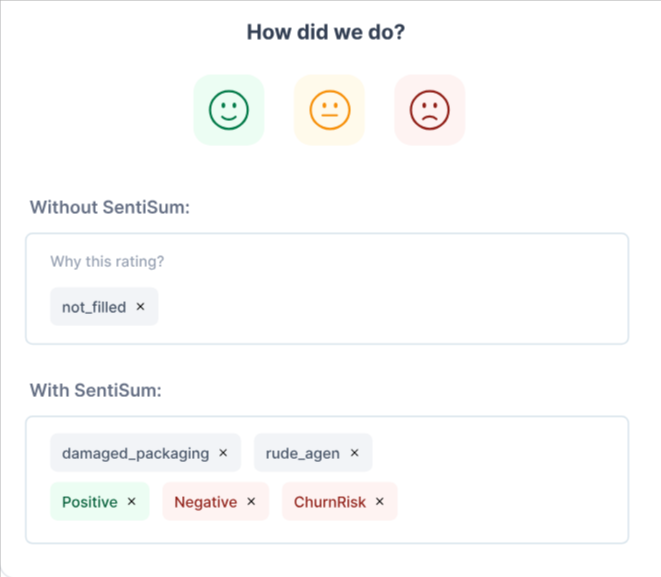
For example, two customers may give a four-star rating, but one might be enthusiastic while the other is reluctant. Identifying these differences helps you prioritize issues, celebrate strengths, and address hidden risks.
With sentiment analysis, you can monitor trends over time and respond quickly to changes in customer perception.
Customer Journey Analytics
It tracks how customers interact with your brand across multiple channels and stages, from first awareness to post-purchase support. It shows you where customers move smoothly and where they encounter friction, such as a confusing checkout process or delayed support response.
By mapping these journeys, you gain insights into behaviors and pain points that simple metrics often miss.
For instance, you might discover drop-offs at a pricing page or frequent back-and-forth between support and FAQs. This clarity enables you to optimize experiences, reduce effort, and align touchpoints to customer expectations, driving stronger loyalty and conversion rates.
How SentiSum Enhances CX Analytics
SentiSum provides a faster way to turn customer feedback into actionable insights. Instead of digging through endless tickets, chats, surveys, or reviews, its AI engine gathers all that feedback in one place and analyzes it for you.
Its AI agent, Kyo, doesn’t just tag topics or measure sentiment; it actually reads customer conversations in real-time. It can spot unusual patterns, highlight churn risks, summarize customer feedback, and even suggest next steps to resolve issues before they escalate.
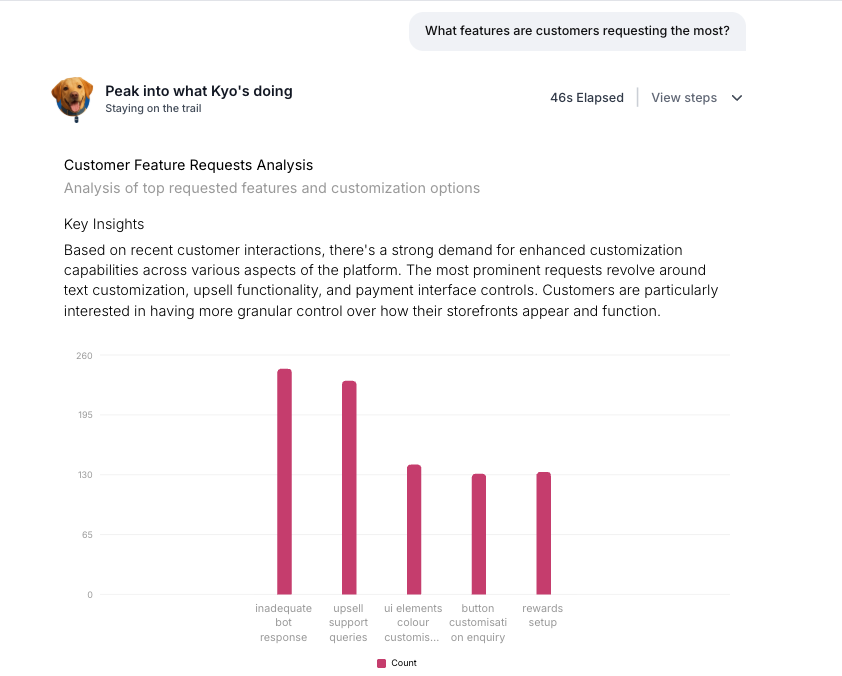
You don’t have to deal with confusing dashboards or raw numbers. SentiSum puts insights into context, adapts to your industry, and continually learns over time. That way, you can catch new trends and problems as they emerge, rather than after the fact.
When something shifts suddenly, like a spike in complaints about a delivery issue, Kyo sends you a real-time alert. You can step in right away and resolve the problem while it’s still fresh.
SentiSum keeps you and your team focused on what matters most by combining live analysis, trend detection, and clear next steps. You spend less time on manual reporting and more time improving retention, fixing root causes, and making customers happier.
Best Practices for Implementing CX Analytics
To get the most out of customer experience analytics, businesses should:
1. Collect feedback from multiple sources
Don’t rely only on surveys. Gather insights from chat logs, support tickets, reviews, and social media to understand the whole customer journey. Each channel provides a different perspective: support tickets highlight recurring issues, while reviews reveal public sentiment.
By combining these sources, you can uncover hidden frustrations, identify positive experiences, and gain a more accurate understanding of how your customers truly feel.
2. Define clear goals and metrics
Start with clear objectives before analyzing data. Do you want to reduce churn, improve loyalty, or resolve issues faster?

Once you know your goal, align the right metrics such as NPS, CSAT, or CES. These KPIs help you measure what matters most. Clear goals keep you focused, prevent wasted effort, and ensure your insights directly improve customer satisfaction and business outcomes.
3. Ensure consistent data governance
Your data may sit across different teams, which often creates inconsistent definitions and reporting. To avoid confusion, standardize how you collect, define, and measure customer metrics.
For example, ensure that everyone agrees on what constitutes a “resolved” case. When you maintain consistency and use centralized systems, you ensure that teams work from the same customer truth, enabling informed decisions and greater alignment.
4. Use AI and automation to scale
You can’t manually analyze thousands of customer interactions, but AI can. With automation, you can track sentiment, identify trends, and detect anomalies in real time.
For instance, AI might alert you to a sudden spike in delivery complaints or highlight enthusiasm about a new feature. Using these tools saves time, helps you respond quickly, and ensures your CX insights stay accurate as your customer base grows.
5. Close the feedback loop
Your analytics should always lead to action. Share insights with support, product, and marketing teams to help them resolve issues and improve processes. Just as important, let customers know when their feedback drives change.
A simple update or message shows you listened and acted. Closing the loop not only strengthens trust but also builds long-term loyalty, turning data into meaningful customer relationships.
Case Study: MakesYouLocal Transforms BPO Operations with AI-Driven Insights
Conclusion
Customer experience analytics is essential for business growth. By tracking key metrics, understanding sentiment, and mapping customer journeys, businesses gain actionable insights that drive loyalty, reduce churn, and boost revenue.
With the right tools, these insights form a continuous cycle of improvement, enabling brands to stay competitive and responsive to customer needs.
SentiSum makes this process seamless. Its real-time analysis, trend detection, and actionable recommendations help teams act faster, resolve issues proactively, and enhance the customer experience.
Book a demo today with SentiSum to transform your CX strategy and create happier, more loyal customers.
Heading 1
Heading 2
Heading 3
Heading 4
Heading 5
Heading 6
Lorem ipsum dolor sit amet, consectetur adipiscing elit, sed do eiusmod tempor incididunt ut labore et dolore magna aliqua. Ut enim ad minim veniam, quis nostrud exercitation ullamco laboris nisi ut aliquip ex ea commodo consequat. Duis aute irure dolor in reprehenderit in voluptate velit esse cillum dolore eu fugiat nulla pariatur.
Block quote
Ordered list
- Item 1
- Item 2
- Item 3
Unordered list
- Item A
- Item B
- Item C
Bold text
Emphasis
Superscript
Subscript

.webp)
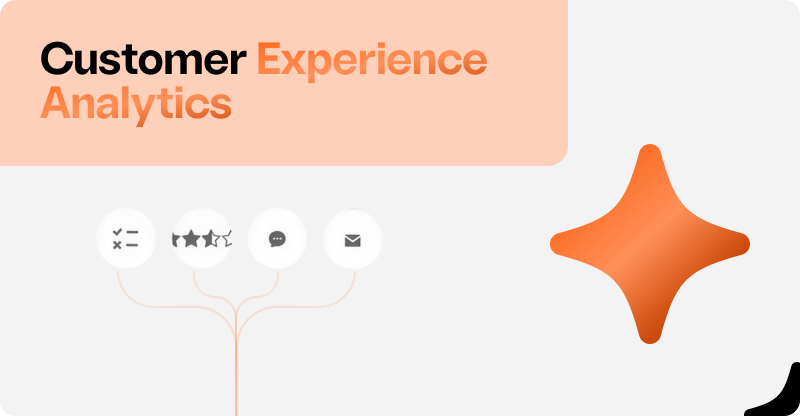





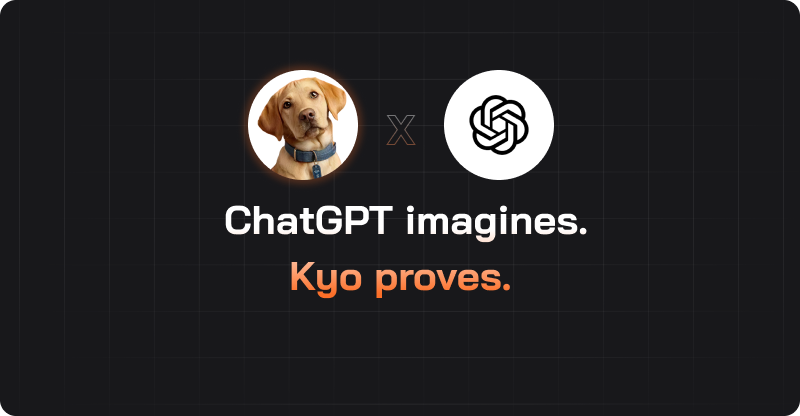
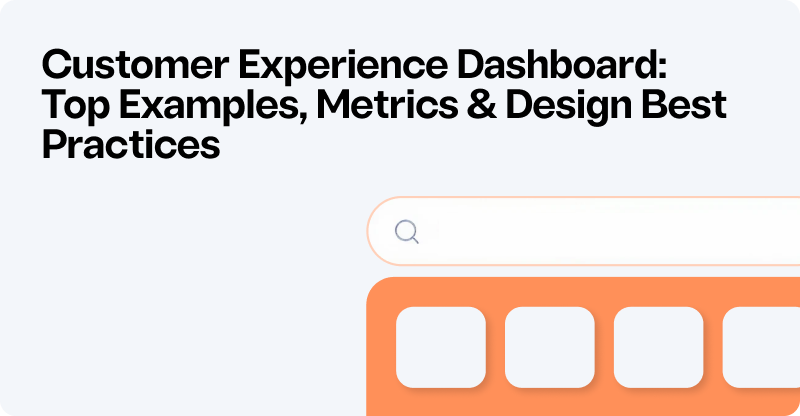

.webp)

.svg)









